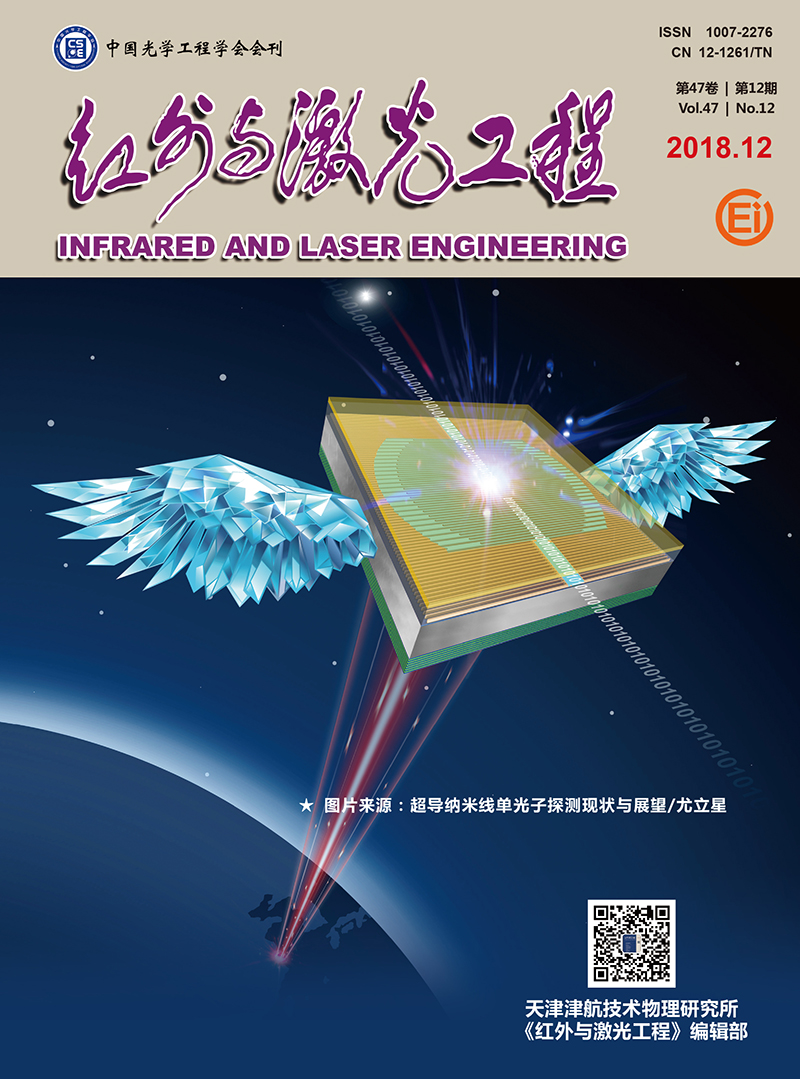|
[1]
|
Li L P, Fukushima H, Frouin R, et al. Influence of submicron absorptive aerosol on sea-viewing wide field-of-view sensor(SeaWiFS)-derived marine reflectance during Aerosol Characterization Experiment (ACE)-Asia[J]. Journal of Business Industrial Marketing, 2013, 28(1-2):147-158. |
|
[2]
|
He M X, He S, Hu L, et al. MERIS Performance in the East China Seas:Evaluation of atmospheric correction and optical inversion algorithms[C]//ENVISAT Symposium Proceedings, 2007:23-27. |
|
[3]
|
Generoso S, Bey I, Labonne M, et al. Aerosol vertical distribution in dust outflow over the Atlantic:comparisons between GEOS-Chem and Cloud-aerosol Lidar and Infrared Pathfinder Satellite Observation (CALIPSO)[J]. Journal of Geophysical Research:Atmospheres, 2008, 113(D24):10.1029/2008JD010154. |
|
[4]
|
Winker D M, Vaughan M A, Omar A, et al. Overview of the CALIPSO mission and CALIOP data processing algorithms[J]. Journal of Atmospheric and Oceanic Technology, 2009, 26(11):2310-2323. |
|
[5]
|
Sun Xianming, Wan Long, Wang Haihua. Sensitivity study on lidar detection of the depolarization ratio of water clouds[J]. Infrared and Laser Engeering, 2016, 45(9):0906001. (in Chinese)孙贤明, 万隆, 王海华. 激光雷达探测水云退偏振比的敏感性研究[J]. 红外与激光工程, 2016, 45(9):0906001. |
|
[6]
|
Cesana G, Chepfer H, Winker D, et al. Using in situ airborne measurements to evaluate three cloud phase products derived from CALIPSO[J]. Journal of Geophysical Research:Atmospheres, 2016, 121(10):5788-5808. |
|
[7]
|
Zhao Jian, Sun Xuejin, Zhang Riwei, et al. Application of CALIPSO in global aerosol detection[J]. Meteorological Hydrological and Marine Instrument, 2014, 31(1):50-54. (in Chinese)赵剑, 孙学金, 张日伟, 等. CALIPSO星载激光雷达系统在全球气溶胶探测中的应用[J]. 气象水文海洋仪器, 2014, 31(1):50-54. |
|
[8]
|
Liu D, Wang Z, Liu Z, et al. A height resolved global view of dust aerosols from the first year CALIPSO lidar measurements[J]. Journal of Geophysical Research:Atmospheres, 2008, 113(D16):10.1029/20075D009776. |
|
[9]
|
Shen Xianxia, Liu Chaoshun, Shi Runhe, et al. Vertical distribution of aerosols during different air pollution periods around Shanghai[J]. Acta Scientiae Circumstantiae, 2014, 34(3):582-591. (in Chinese)沈仙霞, 刘朝顺, 施润和, 等. 上海不同污染等级下气溶胶光学特性垂直分布特征[J]. 环境科学学报, 2014, 34(3):582-591. |
|
[10]
|
Liu Z, Vaughan M, Winker D, et al. The CALIPSO lidar cloud and aerosol discrimination:Version 2 algorithm and initial assessment of performance[J]. Journal of Atmospheric and Oceanic Technology, 2009, 26(7):1198-1213. |
|
[11]
|
Liu Z, Vaughan M A, Winker D M, et al. The CALIPSO lidar cloud and aerosol discrimination:version 2 algorithm and initial assessment of performance[J]. Journal of Atmospheric and Oceanic Technology, 2009, 26(7):1198-1213. |
|
[12]
|
Winker D M, Vaughan M A, Omar A H, et al. Overview of the CALIPSO mission and CALIOP data processing algorithms[J]. Journal of Atmospheric and Oceanic Technology, 2009, 26(11):2310-2323. |
|
[13]
|
Liu Bingyi, Zhuang Quanfeng, Qin Shengguang, et al. Aerosol classification method based on high spectral resolution lidar[J]. Infrared and Laser Engeering, 2017, 46(4):0411001. (in Chinese)刘秉义, 庄全风, 秦胜光, 等. 基于高光谱分辨率激光雷达的气溶胶分类方法研究[J]. 红外与激光工程, 2017, 46(4):0411001. |
|
[14]
|
Omar A H, Won J G, Winker D M, et al. Development of global aerosol models using cluster analysis of Aerosol Robotic Network(AERONET) measurements[J]. Journal of Geophysical Research:Atmospheres, 2005, 110(D10):2227-2252. |
|
[15]
|
Ma Xiaojun, Qin Yan, Chen Yonghang, et al. Seasonal variation of vertical distribution of aerosol types around Shanghai during haze periods[J]. China Environment Science, 2015, 35(4):961-969. (in Chinese)马骁骏, 秦艳, 陈勇航, 等. 上海地区霾时气溶胶类型垂直分布的季节变化[J]. 中国环境科学, 2015, 35(4):961-969. |









 DownLoad:
DownLoad: